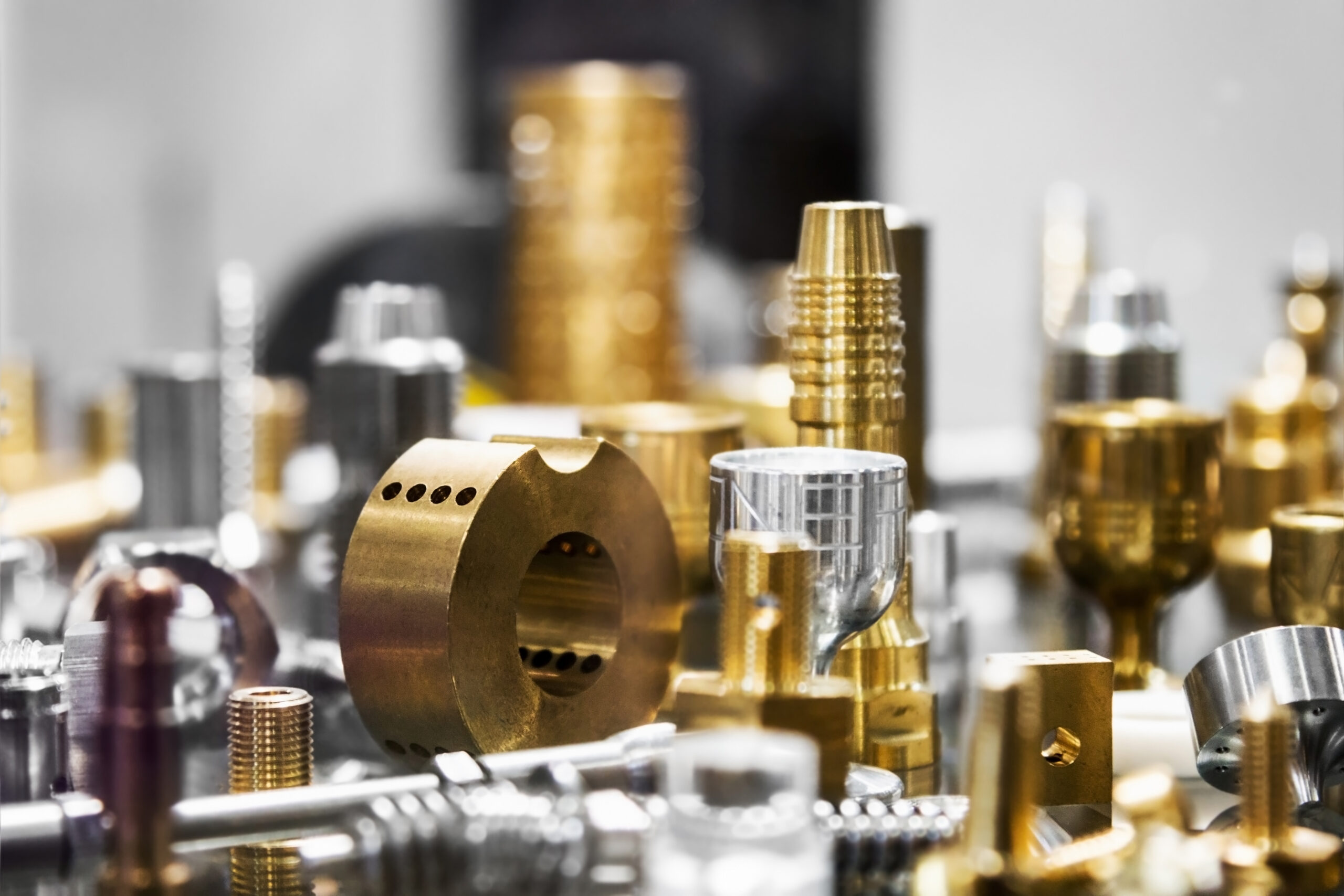When it comes to deciding which machining method is best for your project, there are a lot of different techniques out there. CNC turning is one of the most common types of precision manufacturing, but then you have to determine whether or not your project requires the high precision of Swiss Turning. Swiss turning is a type of precision machining originally developed for making small pieces for watches, and has since become widely used for many different applications.
CNC Lathes and Swiss Lathes–Similar Operation but Different Machining Method
While both conventional turning centers and Swiss turning centers perform largely the same operations with very similar tooling, they differ in how each type of machine holds the workpiece. In CNC lathes, the workpiece is always held at one or both ends with clamps, which then ‘turn’ the piece at extremely high speeds. However, in Swiss lathes, the workpiece is gradually fed through a guide bushing, so that machining is always performed near the support point.
Why this difference matters
Swiss lathes might carry out many of the same operations as conventional ones, but because machining is always performed close to where the part is supported, the workpiece experiences far less vibration and mechanical stress. Swiss lathes also minimize deflection, and can accommodate much longer cylindrical parts and components than conventional lathes.
Conventional CNC or Swiss turning–which machining method is better?
While Swiss turning might initially seem like the better option, like any manufacturing technique, both conventional and swiss turning capabilities have their advantages and disadvantages.
Conventional CNC Turning
CNC turning, while not quite as precise or versatile as Swiss turning, offers a lower-cost alternative for the machining of cylindrical components. While they may like some of the flexibility of Swiss lathes, they can produce large batches of components with repeatable precision and nearly eliminate the risk of defects across part batches. CNC turning is an excellent manufacturing method for creating symmetrical or cylindrical components at high volumes very quickly, or for cost-efficient low volume production and prototyping.
CNC Swiss Turning
Swiss turning, though more expensive upfront, offers unmatched accuracy and the ability to produce extremely small and detailed components. Because the lathe can reduce deflection and vibration, this type of machining can also be used for components with more delicate features. Typically, Swiss lathes can also operate on multiple axes and perform several operations at once, allowing for the production of highly complex components in a much shorter period of time.
Machining Method Final Thoughts
Both conventional and Swiss turning capabilities have many advantages to offer the manufacturing industry. The choice of which one is best for a particular project largely depends on the project itself–its end-use application, its requirements, and production volume.
Looking for a supplier of quality precision machining services? Rapid Precision Manufacturing has the equipment for nearly every type of precision machining technique available.




